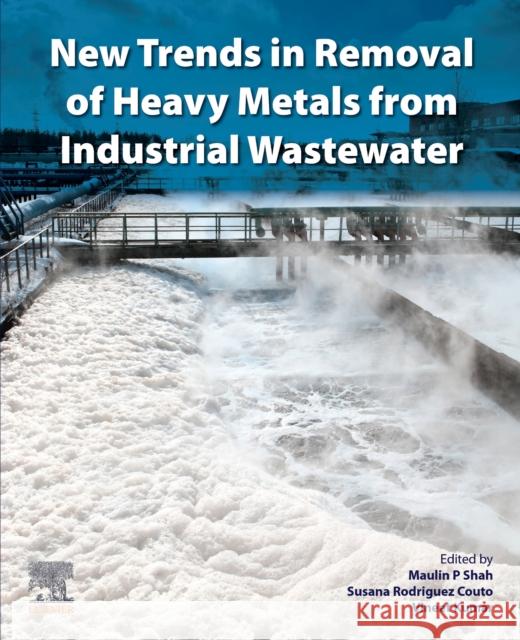New Trends in Removal of Heavy Metals from Industrial Wastewater » książka
topmenu
New Trends in Removal of Heavy Metals from Industrial Wastewater
ISBN-13: 9780128229651 / Angielski / Miękka / 2021 / 780 str.
Kategorie:
Kategorie BISAC:
Wydawca:
Elsevier
Język:
Angielski
ISBN-13:
9780128229651
Rok wydania:
2021
Ilość stron:
780
Waga:
1.30 kg
Wymiary:
23.5 x 19.05 x 3.94
Oprawa:
Miękka
Wolumenów:
01
Dodatkowe informacje:
Bibliografia











